Steel pipes can be divided into two categories according to the manufacturing method: seamless steel pipes and welded steel pipes. Among them, ERW steel pipes are the main type of welded steel pipes.
Today, we mainly talk about two types of steel pipes used as raw materials for oil casing: seamless casing and ERW casing.
Seamless pipe refers to steel pipes made by four methods: hot rolling, cold rolling, hot drawing and cold drawing. The pipe body itself does not have any welds.
ERW pipe
ERW (Electric Resistant Weld) pipe refers to a straight seam welded pipe made by high-frequency resistance welding process. The raw steel plate (coil) of ERW welded pipe is low-carbon micro-alloy steel rolled by TMCP (Thermo-Mechanical Control Process).
The following are the main differences between seamless steel pipes and ERW steel pipes
1. Outer diameter control accuracy
Seamless steel pipes are formed by hot rolling process, and the sizing process is carried out in a high temperature environment. Affected by various factors such as raw material composition, cooling conditions and roller state, the outer diameter control is difficult and the size fluctuation range is wide.
In contrast, ERW steel pipes use cold bending forming technology at room temperature and achieve sizing through micro-reduction. The manufacturing process is stable, the size control accuracy is high, the fluctuation range is small, and it is more conducive to subsequent docking processing.
2. Wall thickness uniformity
Seamless steel pipes use perforated round steel as raw materials. The perforation and hot rolling process easily lead to uneven wall thickness. Even with advanced equipment, the wall thickness error is usually between ±5% and ±10%.
ERW steel pipes use hot-rolled strip coils, and the thickness tolerance of its raw materials can be controlled within 0.05 mm. The wall thickness uniformity is significantly better than that of seamless steel pipes, which is particularly critical for environments with strict requirements such as deep wells and complex working conditions.
3. Appearance quality
The surface defects of the billet of seamless steel pipe cannot be completely eliminated during the hot rolling process. After the product is completed, it usually needs manual grinding and repair, and the overall surface quality is limited.
ERW steel pipe directly uses hot-rolled coils. The surface quality of its raw materials is high, the control during the processing is more stringent, the product surface is smoother and flatter, and the overall aesthetics and consistency are better.
4. Ovality and straightness
Due to the high forming temperature and limited straightening capacity of the equipment, the seamless steel pipe is unstable in terms of ovality and straightness.
The forming process of ERW steel pipe is at room temperature and is equipped with an online straightening system, which can effectively control the ovality and maintain good straightness, making it easy to install and use.
5. Mechanical properties
The tensile properties of seamless steel pipes and ERW steel pipes meet the API standards. However, from the actual performance, the seamless steel pipe has high strength but low plasticity; while the ERW steel pipe uses micro-alloying smelting, furnace refining and controlled rolling process to produce coils as raw materials, which has higher plasticity while ensuring strength, and its tensile properties are more balanced, suitable for a variety of processing needs.
6. Hardness and grain size
During the processing, the hot-rolled coil of ERW steel pipe has precise temperature control, uniform cooling, dense structure, fine grains, and uniform hardness distribution, which is conducive to improving overall stability.
The material structure of seamless steel pipe is relatively uneven, and the grain size is greatly affected by process fluctuations.
7. Anti-collapse performance
Due to poor control of wall thickness and ovality, the stability of seamless steel pipe under extreme pressure is relatively weak.
ERW steel pipe has stronger anti-collapse ability due to its advantages such as uniform wall thickness and good roundness, and is more suitable for high-pressure well sections or complex geological environments.
8. Impact toughness
The impact toughness of ERW steel pipe raw materials is significantly higher than that of seamless steel pipes, and by controlling multiple parameters in the welding process, such as heating frequency, welding angle, welding speed, annealing temperature, etc., the impact toughness of the weld zone reaches more than 60% of the parent material. After further optimization, its toughness can even approach the level of the parent material, achieving "seamless performance".
9. Burst Strength Test
ERW steel pipes perform better than the standard in the burst test, thanks to their uniform wall thickness, precise dimensions, and reliable safety performance.
10. Efficiency and cost advantages
Under the same specifications and weight conditions, due to the large wall thickness error of seamless steel pipes, thickening design is usually required to ensure the minimum wall thickness safety, resulting in a shorter unit length.
ERW steel pipes can achieve a longer service length due to their high wall thickness accuracy. In comparison, in 10,000-meter well depth applications, the service length of ERW steel pipes can be increased by 5% to 10%. This not only improves construction efficiency, but also indirectly saves steel procurement costs.
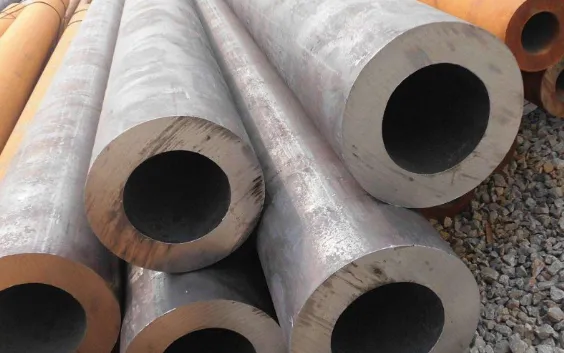
There are several differences between ERW steel pipe and seamless steel pipe. ERW pipe is the abbreviation of electric resistance welding, which is used for the transportation of liquids such as fuel, gas, natural gas, and plays a vital role in transportation pipelines around the world regardless of pressure requirements, while seamless pipe is a steel pipe with a circular shape and no seams around it and a hollow cross-section, which is used to transport liquids and can also be used to manufacture structural parts and equipment parts due to its extremely high bending and torsional strength and impossible brightness. In short, the uses of ERW pipe and smooth steel pipe are quite diverse.
In addition, the biggest difference between
ERW pipe and seamless steel pipe is that ERW pipe has welding lines, which is exactly the same as bonded steel pipe, but seamless black steel pipe does not have it, and bonded steel pipe does not have it either. The welding line of ERW steel pipe is crucial to the quality of ERW steel pipe. From the appearance, the cold-drawn smooth stainless steel pipe is much shorter than the hot-rolled smooth stainless steel pipe, and the wall thickness of the cold-drawn smooth stainless steel pipe is usually smaller than that of the hot-rolled smooth stainless steel pipe.
Overall, although both ERW steel pipes and smooth steel pipes play a vital role in the construction of society just like welded steel pipes, ERW steel pipes and API seamless steel pipes have different uses and different developments due to their different appearances. In fact, scientists have been spending a lot of money to improve their housing with the goal of making them more versatile and less expensive to handle. Maybe one day, there will be a little difference between ERW pipes and smooth steel pipes.






 English
English Español
Español بالعربية
بالعربية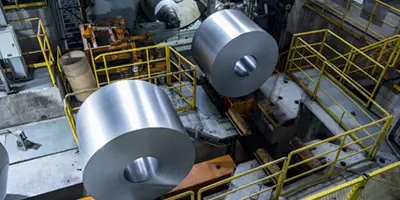
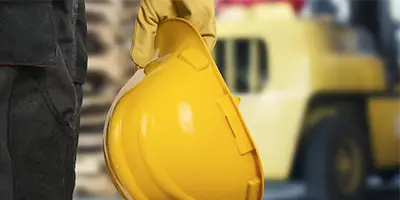
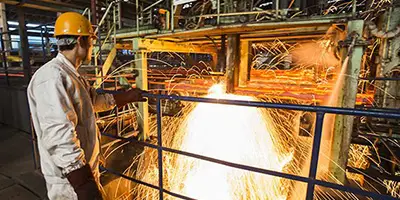
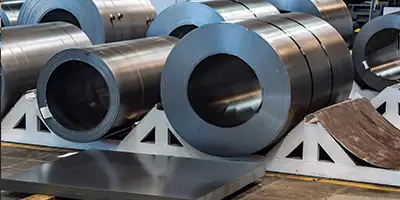

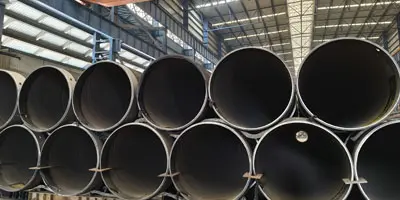
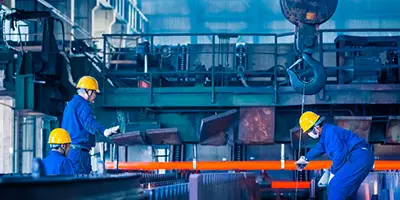
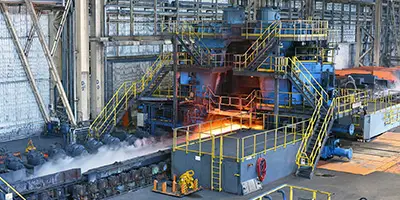
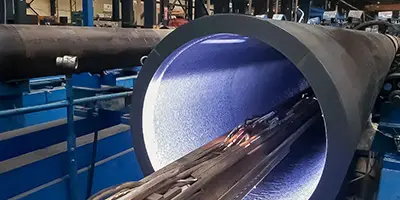
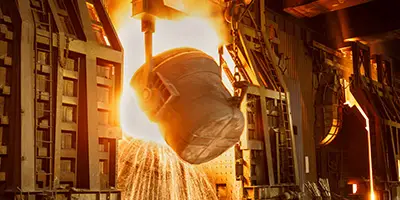
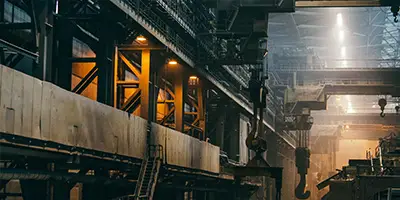

 Phone :
Phone :  Whatsapp :
Whatsapp :  Email :
Email : 


